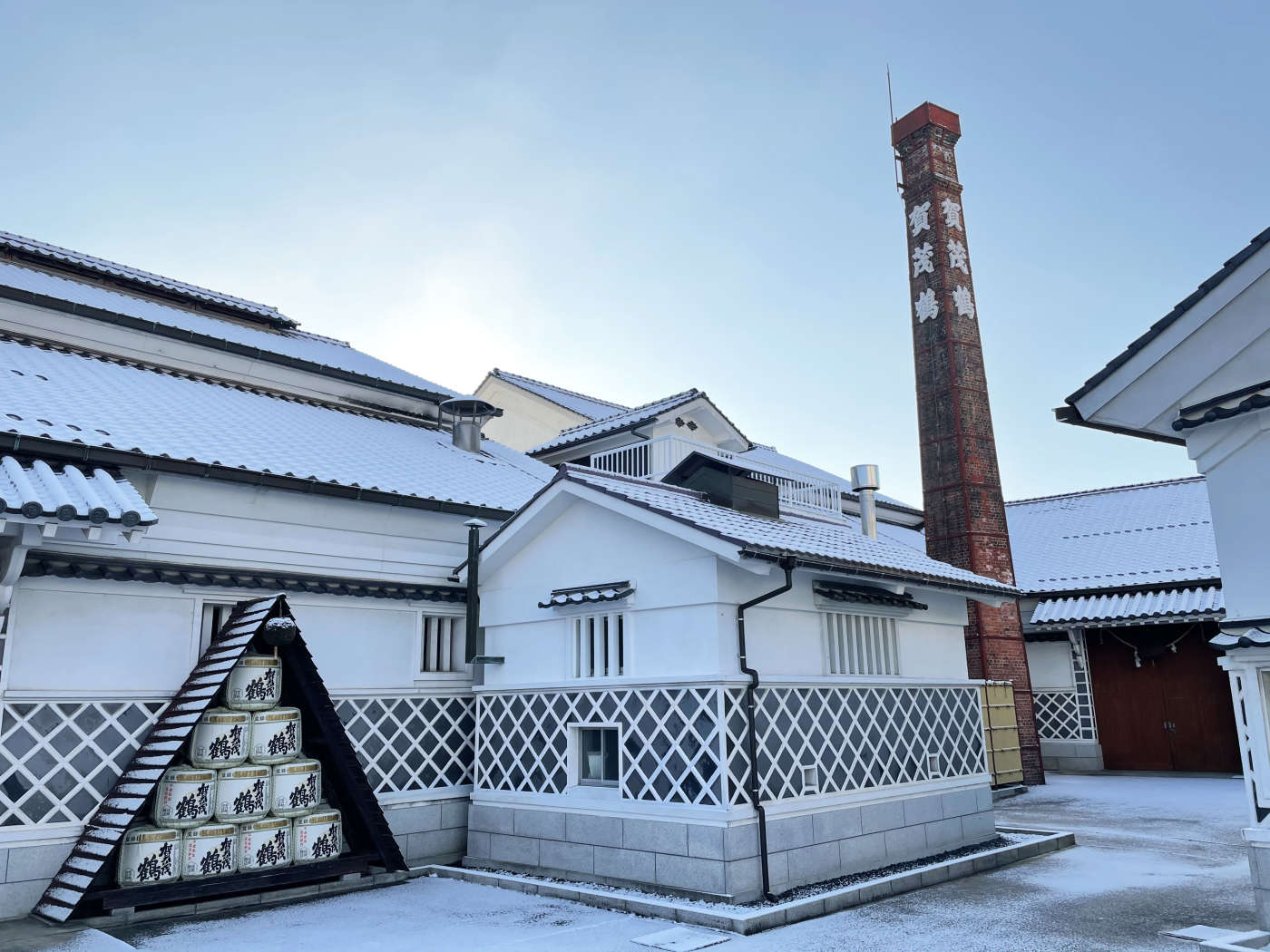
Photo credit: Kamotsuru Sake Brewing Co., Ltd.
Combining sake tourism with a Japan visit is a great way to deepen your experience of the country’s culture and cuisine. Some cities have lots of breweries close together, making it easy to visit and taste a variety. Here, we introduce three such towns covering a wide spectrum of styles, flavors and scale. Visiting even just one would be a great way to deepen your understanding and love of Japan’s national drink.
Kobe, the world’s sake capital
Kobe in Hyogo Prefecture is not only famous for beef, but it also includes part of the Nada Gogo, or “Five villages of Nada,” that became famous for brewing sake centuries ago. Nada sake uses the area’s relatively hard water and high-quality Hyogo-grown rice to offer richer flavors and lots of body, and was the origin of many brewing techniques still in use today.
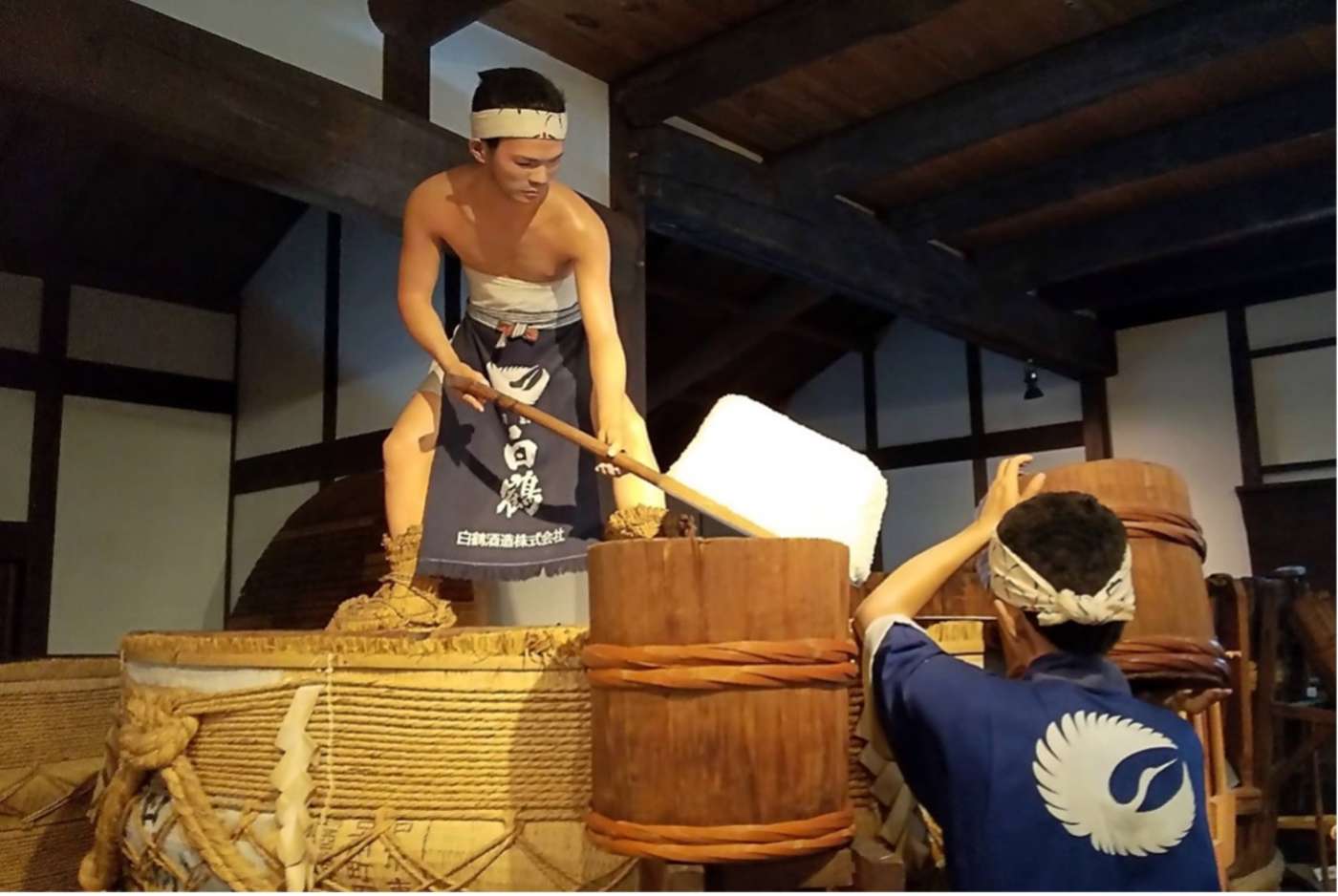
The HAKUTSURU Sake Brewery Museum has dioramas showing how sake was traditionally brewed. Here, rice is steamed in a Japanese cedar wood tub called a “koshiki,” then transferred to a vat.
Photo credit: Jim Rion
Kobe breweries, including behemoths like Hakutsuru – which has over 280 years of history – collectively account for the largest production of sake in the world. Many have museums, like the Hakutsuru Sake Brewing Museum, a huge facility displaying traditional tools, videos and dioramas exploring the history of sake brewing, with information in English and other languages. Best of all, the museum includes plenty of souvenirs and a tasting area – with some free sake, and others that require a fee.
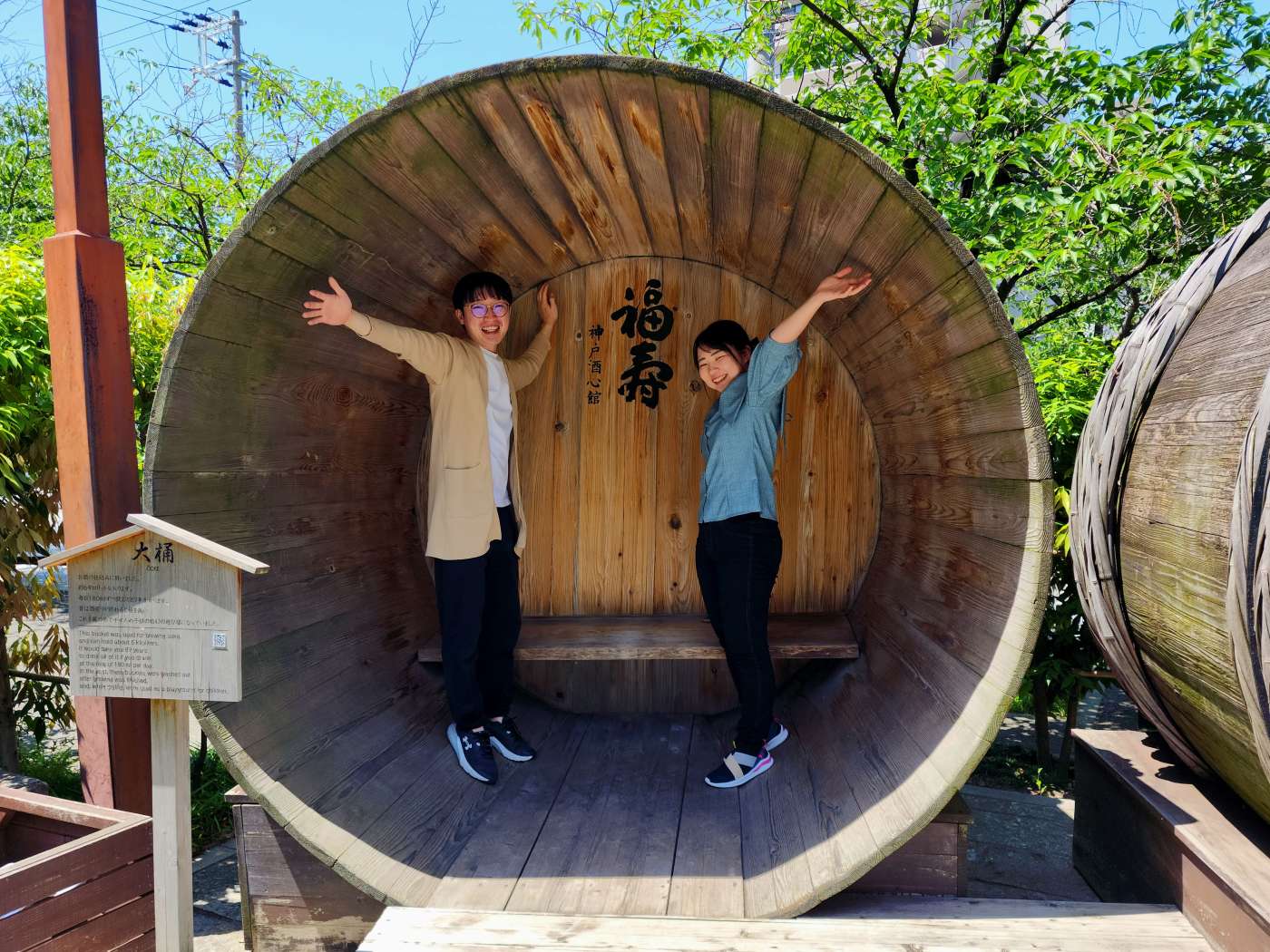
At KOBE SHUSHINKAN Brewery, old fermentation tanks are upcycled as sheltered outdoor seating.
Saijo, the home of “ginjo” sake
Saijo is a district in the city of Higashi-hiroshima, Hiroshima Prefecture, that is locally known as a “sake capital.” It earned that name as the center of a new style of sake brewing using the area’s unusually soft water, highly polished rice and low temperature fermentation: “ginjo sake.”
You can still find seven sake breweries here, not to mention post boxes, manhole covers and other fixtures themed on sake brewing. The breweries are so tightly packed that it can often seem like you’re walking in a sake theme park, with white-walled brewery buildings and red brick chimneys crowding the landscape.
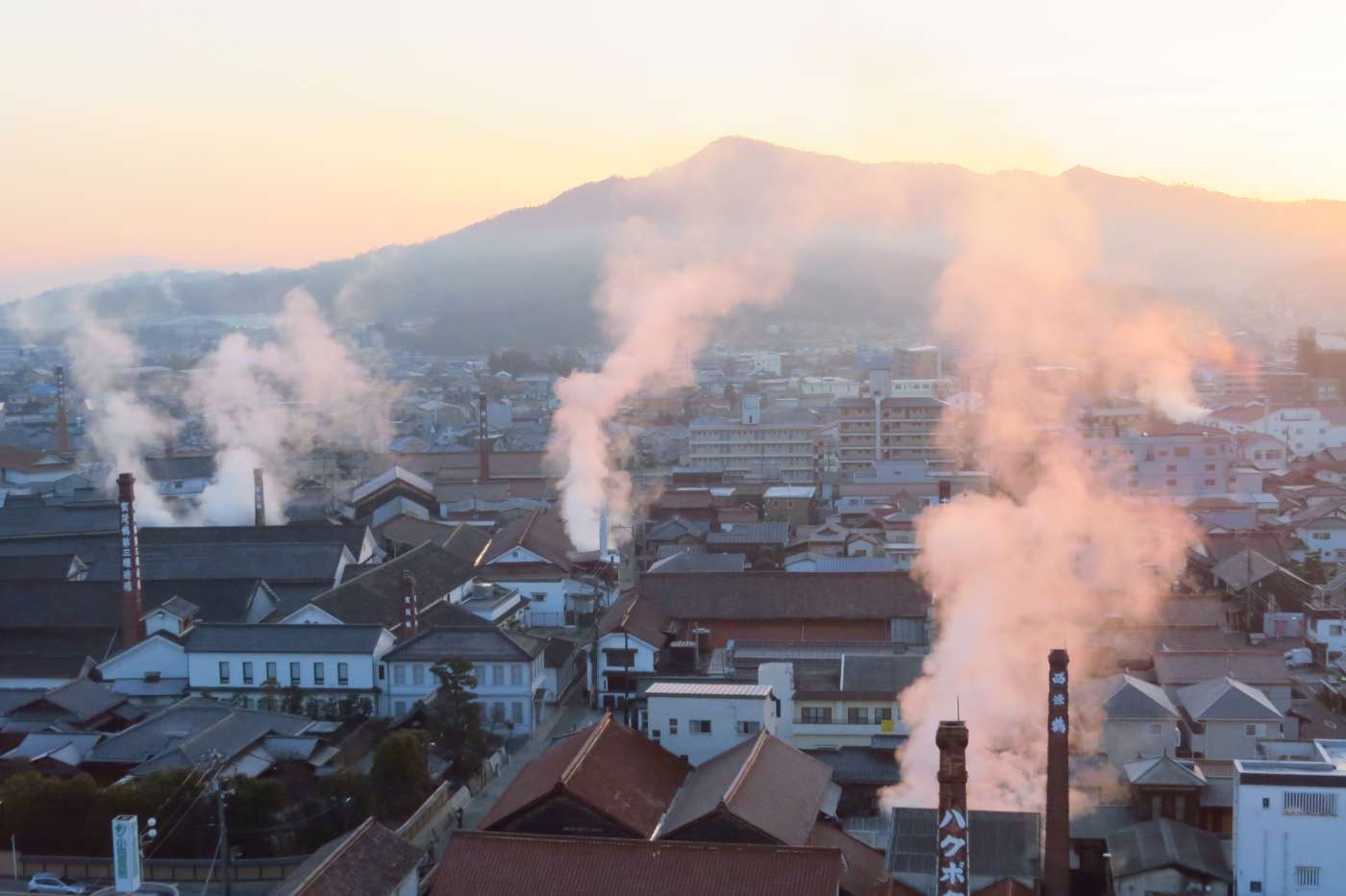
Saijo has a rich tradition of sake brewing, which celebrates the rice harvest in autumn.
Photo credit: Higashihiroshima City
Saijo is also home to the epic Saijo Sake Matsuri festival each October. The biggest sake festival in Japan offers over 800 varieties of sake for an affordable ticket fee, in 2.5-hour festival time slots to help visitors enjoy the sake responsibly.
While the festival is surely enticing, in the city you can choose to stroll the quiet streets around Sakagura Dori – "sake brewery street” – and pop into the shops and tasting rooms at the breweries you pass. Kamotsuru also has a brewing museum where you can take pictures in a massive wooden brewing tank, see videos about the local brewing and try special sake. There is also a restaurant nearby where visitors can pair sake from local breweries with great food options.
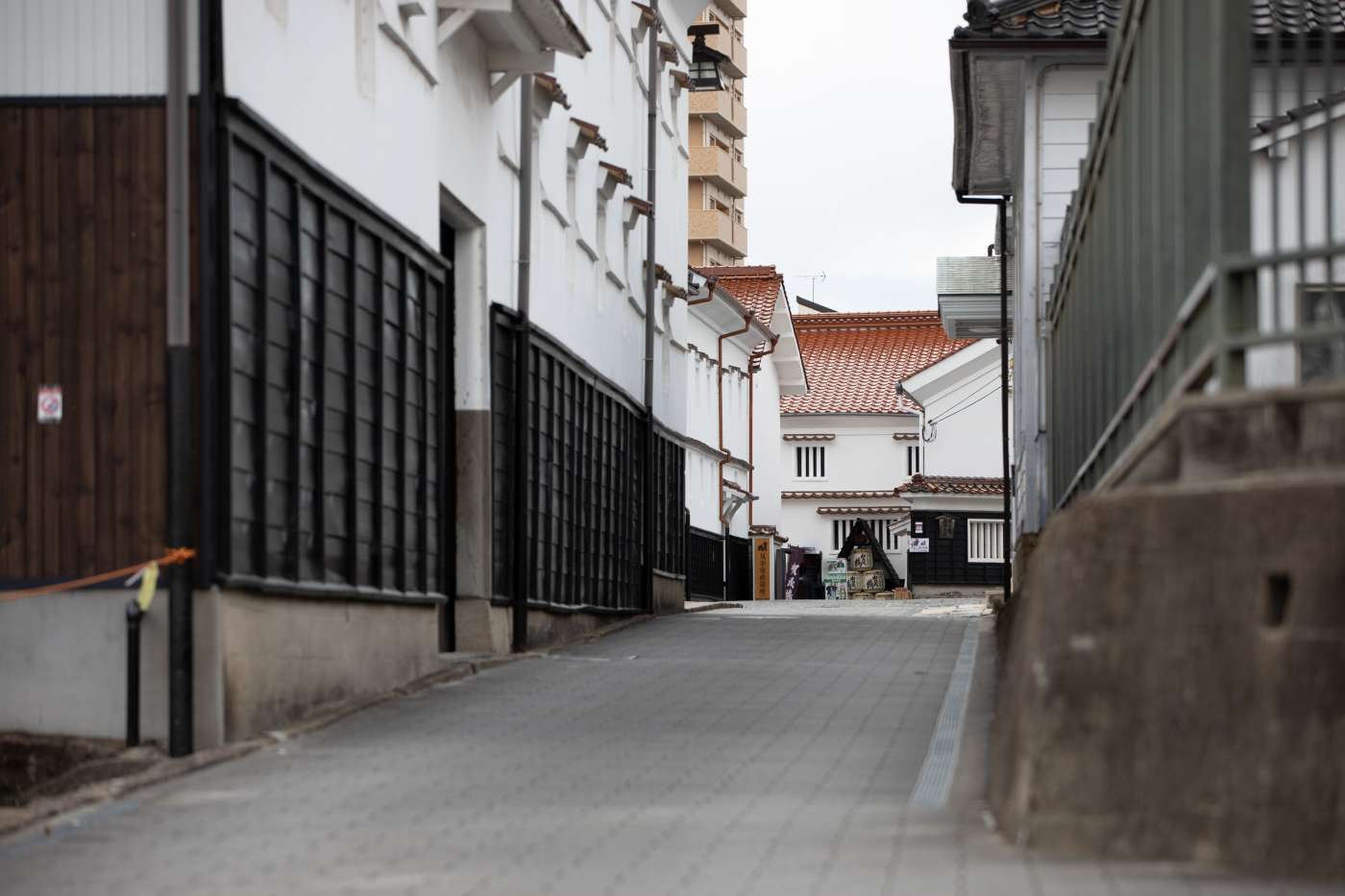
Saijo’s Sake Brewery Street includes historical displays set against the backdrop of tightly packed brewing buildings.
Photo Credit: Higashihiroshima City
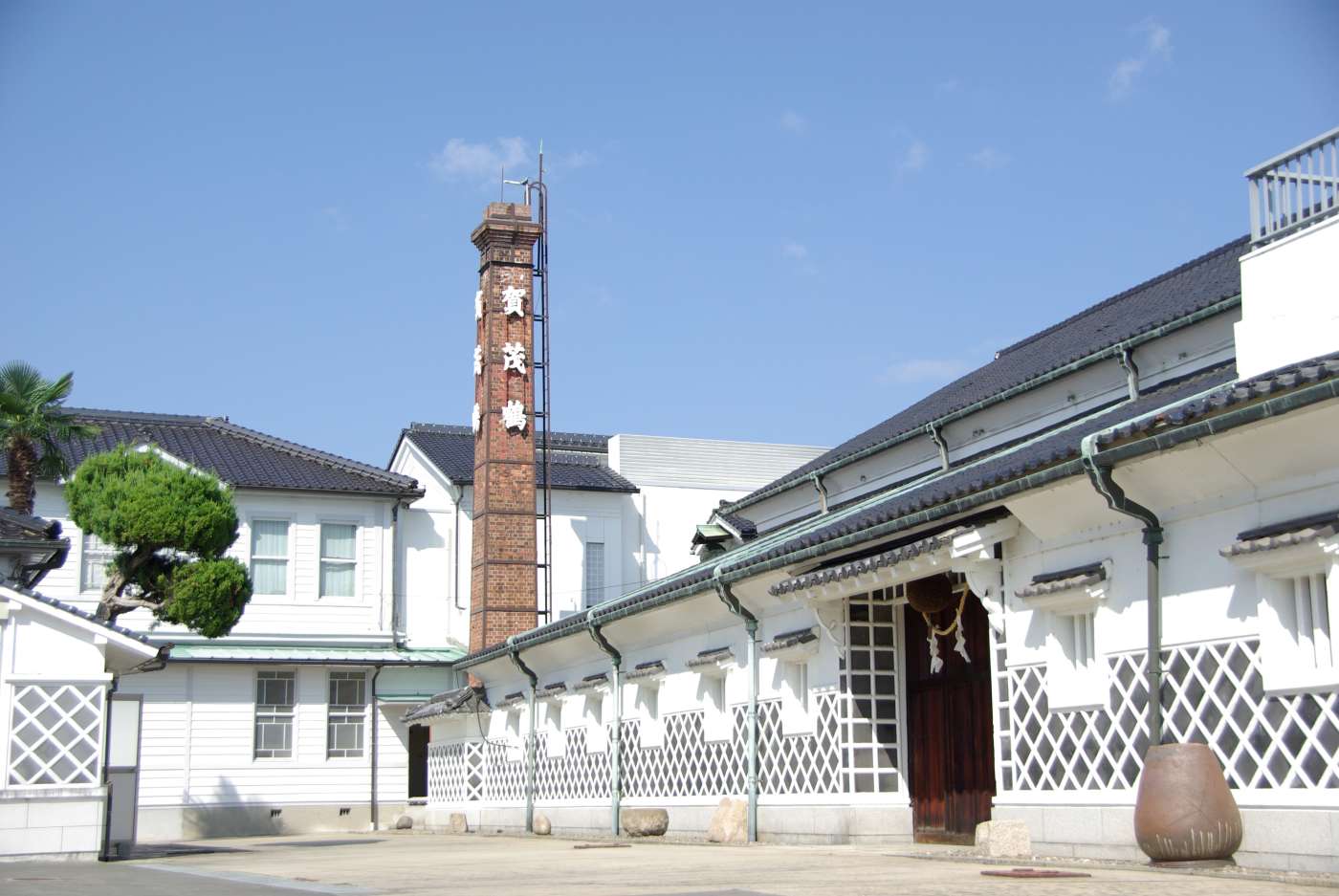
White stucco walls and latticed “namako” (sea cucumber) patterns can be seen in sake breweries throughout Saijo.
Photo credit: Kamotsuru Sake Brewing Co., Ltd.
Saijo Station is on the Sanyo Main Line, about 35 minutes from Hiroshima Station. Sakagura-dori is less than five minutes’ walk to the southeast of the station.
Small town charm and small-batch sake in Tsuwano, Shimane Prefecture
Tsuwano in Shimane Prefecture is one of Western Japan’s hidden treasures, with a historical district lined with white walls and canals full of koi fish. Other attractions are the Taikodani Inari-jinja Shrine and old castle ruins accessible by cable lift, where you can enjoy an idyllic view of the city.
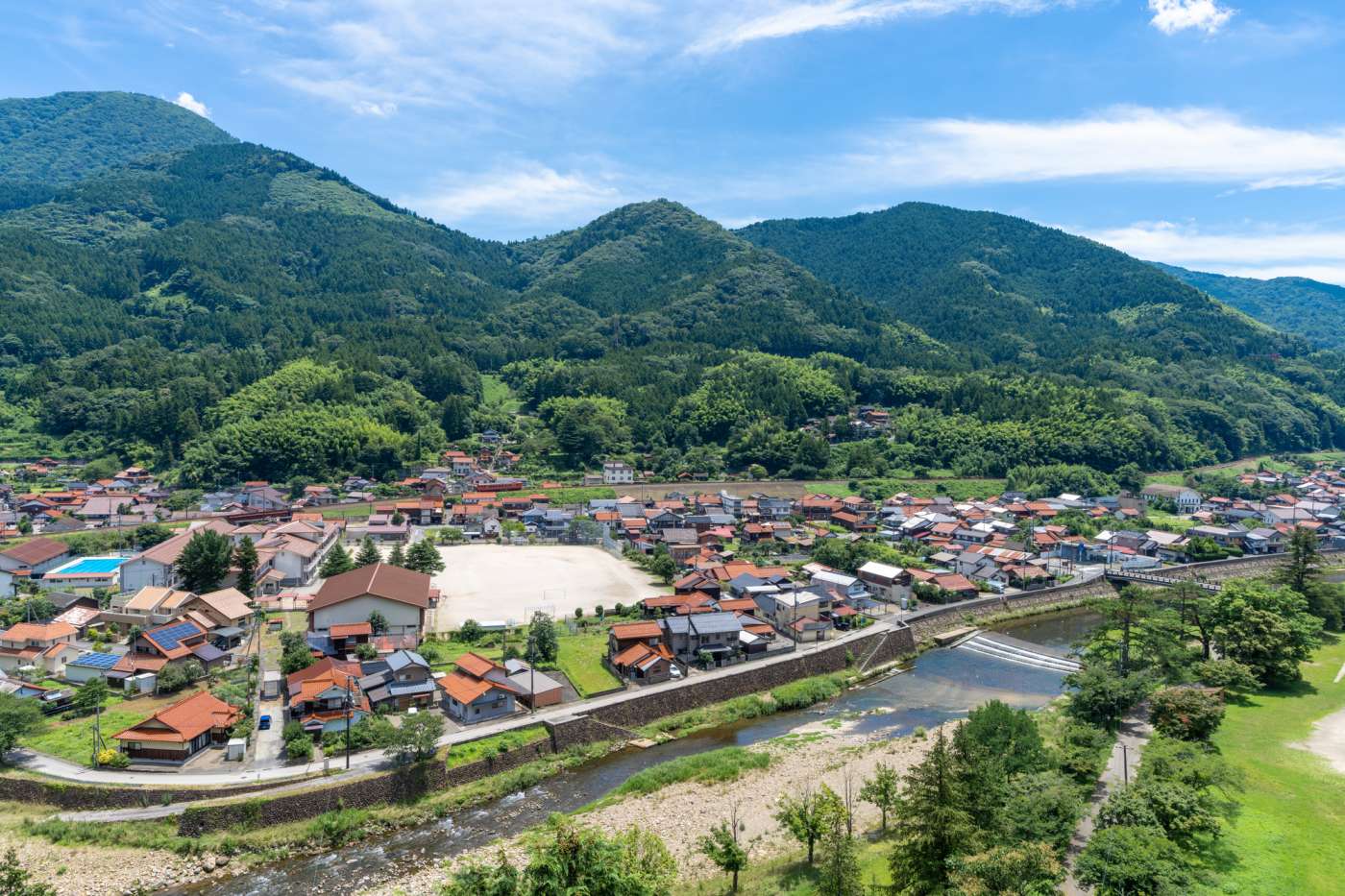
The red roofs of Tsuwano town stand out vividly against the surrounding mountains.
The historic district is also home to a few sake breweries within easy walking distance of each other. These are all small-scale craft breweries run by local families, so they offer a completely different experience from the larger breweries of Kobe or Saijo.
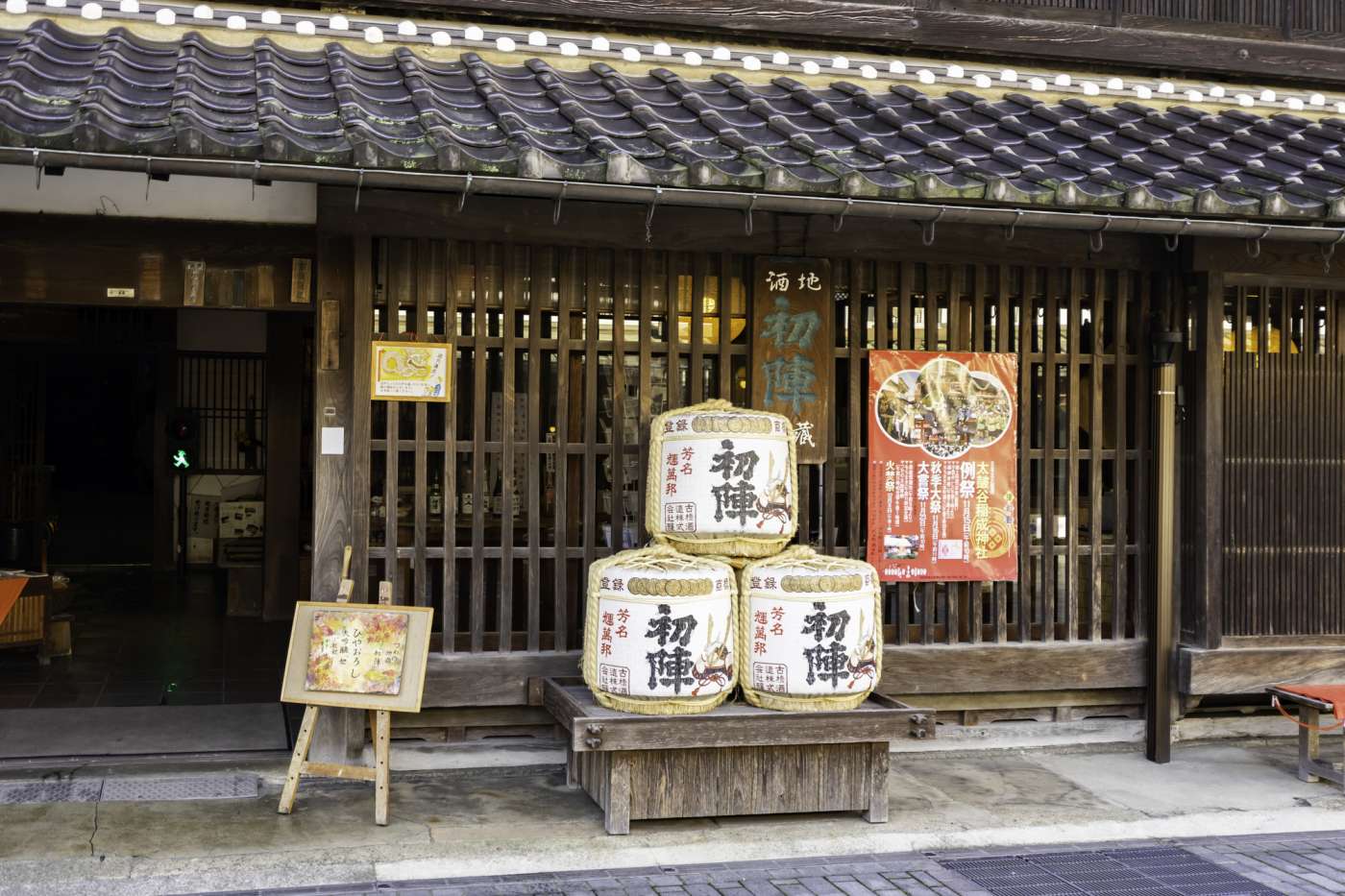
The old woodwork and stacked kegs make breweries easy to spot.
Depending on where you visit, Shimane's sake could be sweeter than other areas, offering additional perspective on your exploration of this iconic beverage. The clean mountain air and fresh spring water also make for great soba noodles, and you can enjoy sake and soba together at many local restaurants.
Get to Tsuwano by train on the San’in Main Line or by taxi from Hagi-Iwami airport. The historical district is to the southeast of Tsuwano Station, where three sake breweries are within a short walking distance.

Amble the streets of Tsuwano in autumn for a leisurely sake tour.
A final word on visiting sake breweries
If you do visit any, please remember to check the opening days and hours of any museums or shops, since they can be irregular. Smaller breweries, while often having tasting rooms with regular hours, should require reservations for any tours, and will probably have only limited multi-language support, if any. Be prepared with a translation app or interpreter. With a little preparation and open-mindedness, though, these smaller breweries can be a wonderful way to experience traditional Japanese hospitality and warmth!
-
About the author
Author: Jim Rion
Profile: Jim Rion is a sake translator and writer living in Yamaguchi Prefecture. His book Discovering Yamaguchi Sake is an in-depth look into that area’s local sake brewing. He is also cohost of the Sake Deep Dive podcast with sake brewer Andrew Russell.





















































